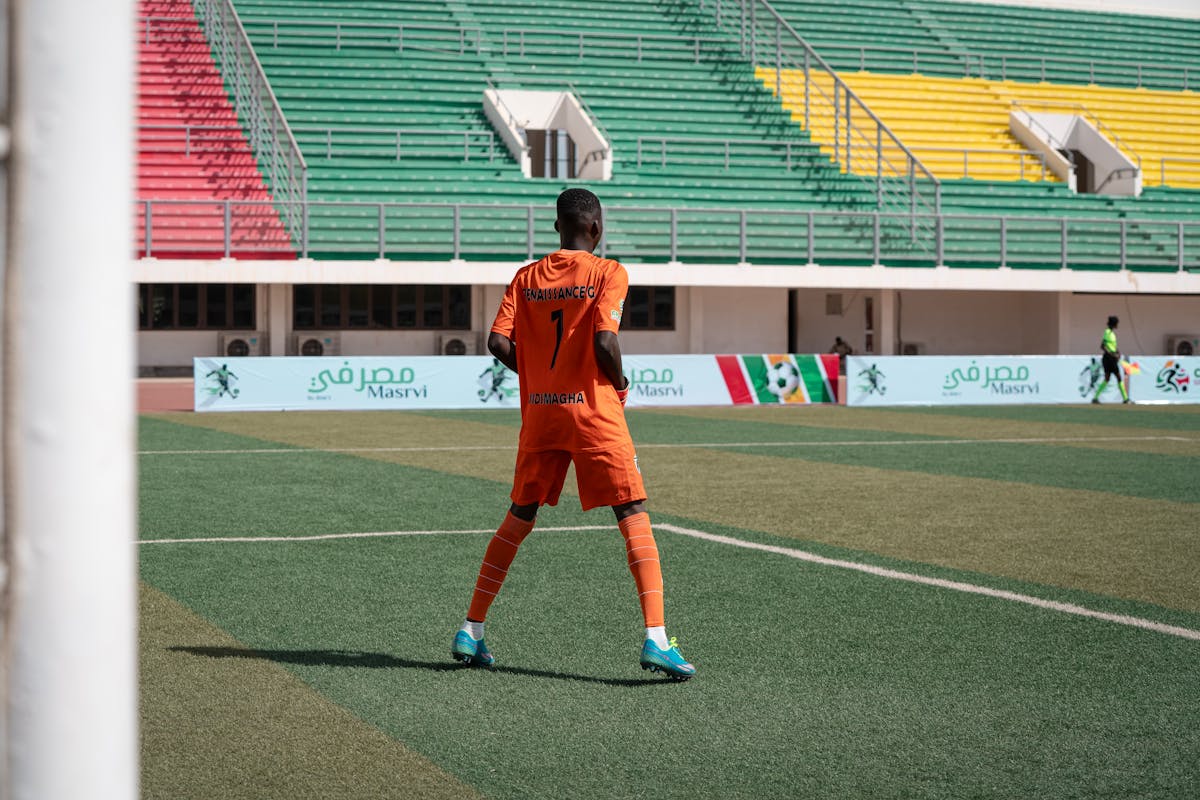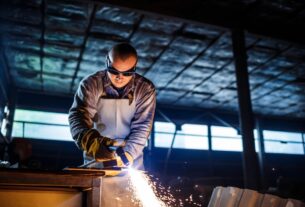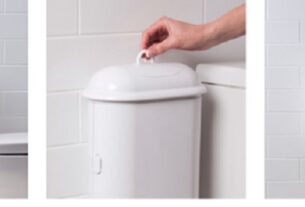The artificial turf industry has seen significant advancements in design and innovation over the past few years. These developments have improved the aesthetics, functionality, and sustainability of artificial turf, making it an increasingly popular choice for residential, commercial, and sports applications. This article explores the latest trends in artificial turf design and innovation.
- Realistic Appearance
One of the most notable trends in artificial turf design is the push for a more realistic appearance. Advances in fiber technology have allowed manufacturers to create turf that closely mimics the look and feel of natural grass. This includes variations in blade color, texture, and length to replicate the diversity found in real lawns. The use of multi-colored fibers and the addition of thatch layers contribute to a more natural and lifelike appearance.
- Enhanced Durability
As the demand for artificial turf in high-traffic areas increases, so does the need for enhanced durability. Innovations in fiber materials, such as polyethylene and nylon, have led to the development of turf products that can withstand heavy use while maintaining their appearance. Improved backing systems and stronger seams also contribute to the overall durability, making artificial turf suitable for sports fields, playgrounds, and other high-traffic applications.
- Sustainable and Eco-Friendly Options
Sustainability has become a key focus in the artificial turf industry. Manufacturers are developing eco-friendly products made from recycled materials and incorporating sustainable practices into their production processes. Some turf products now feature organic infill materials, such as coconut fibers and cork, which reduce the environmental impact. Additionally, advancements in recyclability have made it easier to recycle artificial turf at the end of its life cycle, contributing to a more sustainable future.
- Improved Drainage Systems
Effective drainage is crucial for the performance and longevity of artificial turf. Recent innovations have led to the development of advanced drainage systems that prevent water accumulation and promote faster drying. These systems often include perforated backing, specialized infill materials, and engineered sub-base layers that work together to enhance drainage. Improved drainage capabilities are particularly important for sports fields and areas prone to heavy rainfall.
- Cooling Technologies
Artificial turf can become quite hot under direct sunlight, which can be uncomfortable for users. To address this issue, manufacturers have introduced cooling technologies that reduce heat absorption and retention. These technologies include the use of reflective pigments, specialized coatings, and infill materials that help lower the surface temperature of the turf. Cooler turf surfaces enhance comfort and usability, especially in warm climates.
- Multifunctional Designs
The versatility of artificial turf has led to the development of multifunctional designs that cater to various needs. For example, some turf products are designed for specific sports, such as soccer, golf, or tennis, with tailored performance characteristics. Others are created for residential use, with features like soft fibers for barefoot comfort and antimicrobial treatments for hygiene. The ability to customize turf for different applications has expanded its appeal and functionality.
- Innovative Infill Materials
Infill materials play a critical role in the performance and feel of artificial turf. Innovations in infill technology have led to the introduction of new materials that offer improved shock absorption, stability, and environmental benefits. Organic infills, such as cork and coconut husk, provide a natural alternative to traditional rubber and sand infills. Additionally, hybrid infills that combine multiple materials are being developed to optimize performance and sustainability.
- Integration with Smart Technology
The integration of smart technology into artificial turf systems is an emerging trend. Smart turf solutions can include sensors that monitor usage, weather conditions, and maintenance needs. These sensors provide real-time data to facility managers, allowing for more efficient and effective maintenance schedules. Additionally, smart irrigation systems can be integrated with artificial turf to manage water usage and ensure optimal conditions for adjacent natural landscaping.
- Customizable Features
Customization has become a significant trend in the artificial turf industry. Homeowners and businesses can now choose from a wide range of options to create bespoke turf installations. This includes selecting specific fiber types, colors, and textures, as well as incorporating design elements like logos, patterns, and borders. Customizable turf solutions allow for unique and personalized landscapes that meet individual preferences and needs.
- Advances in Installation Techniques
Innovations in installation techniques have improved the efficiency and quality of artificial turf installations. New methods, such as pre-assembled turf rolls and interlocking tiles, simplify the installation process and reduce labor costs. Additionally, advancements in adhesive technology and seam integration have enhanced the durability and aesthetics of the final installation. These improvements make it easier for both professionals and DIY enthusiasts to achieve high-quality results.
Conclusion
The artificial Turf Company in Plano continues to evolve with exciting trends and innovations that enhance its realism, durability, and sustainability. From realistic appearances and eco-friendly options to advanced drainage systems and smart technology integration, these developments are driving the popularity and versatility of artificial turf. By staying informed about these trends, consumers can make better choices and enjoy the numerous benefits that modern artificial turf products offer.





